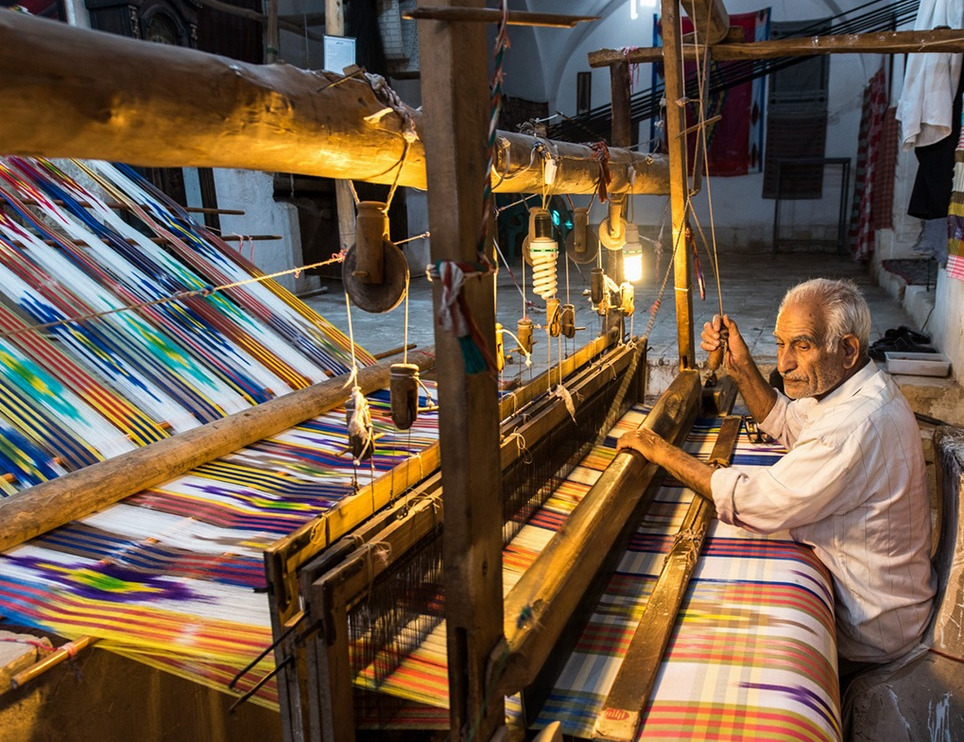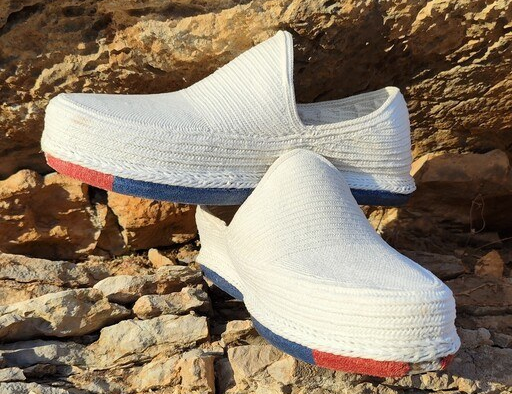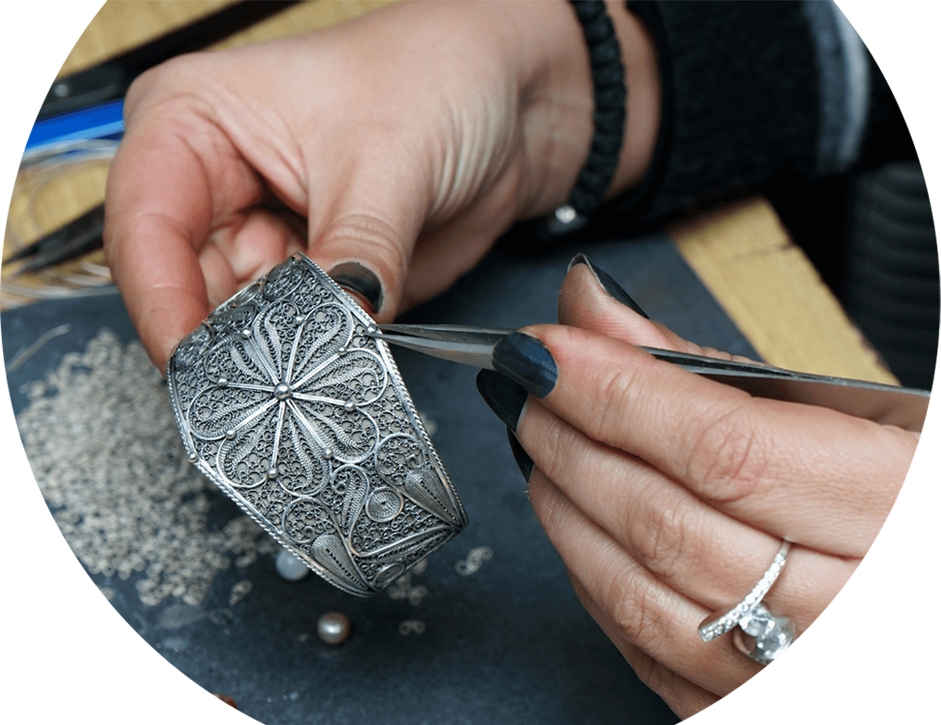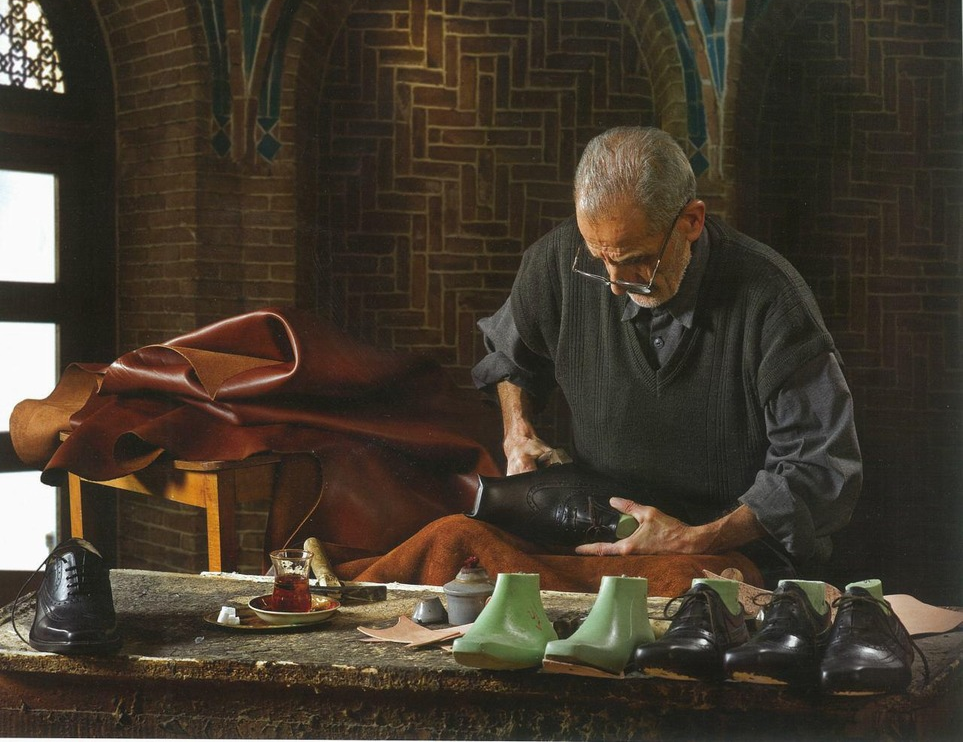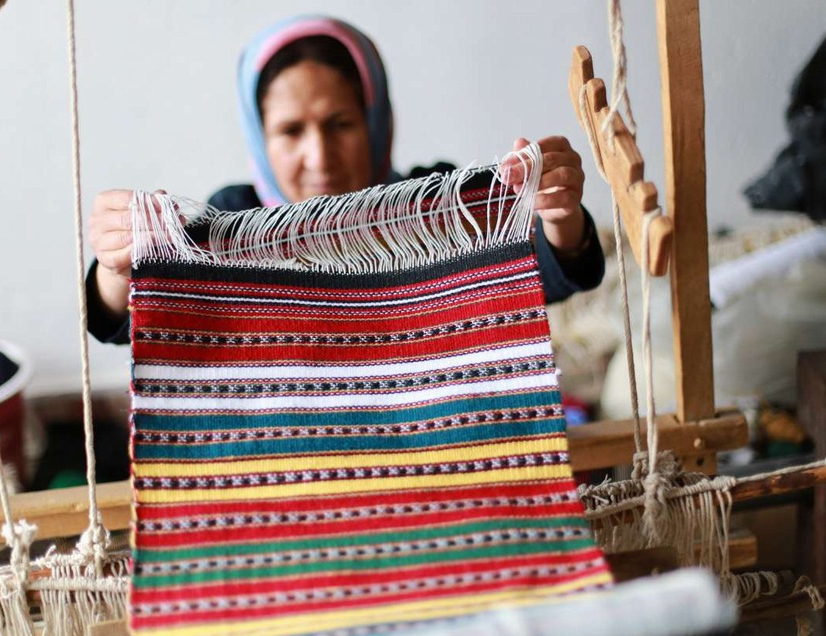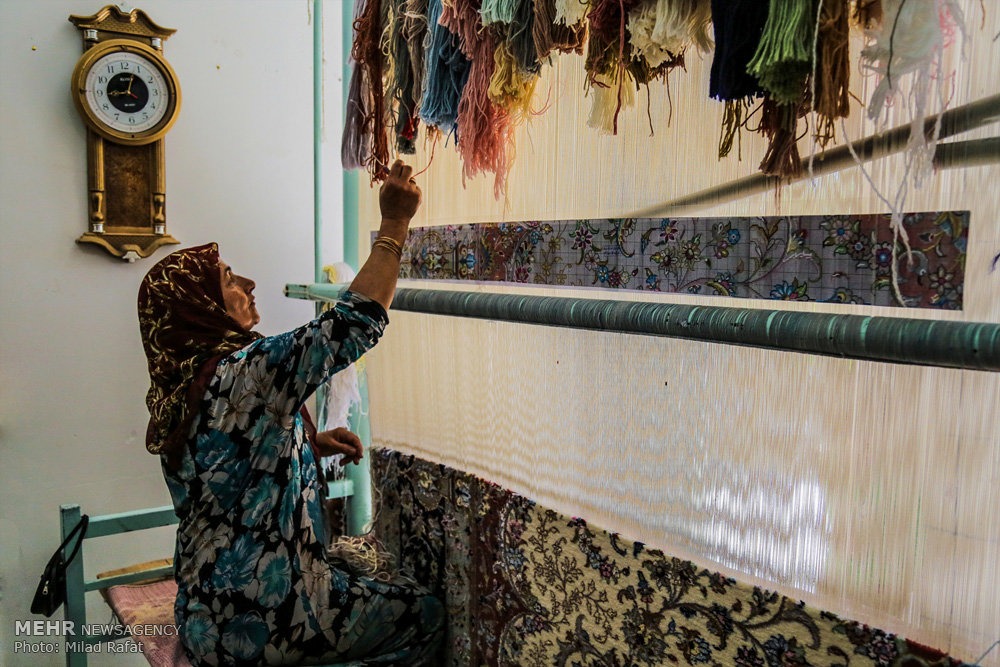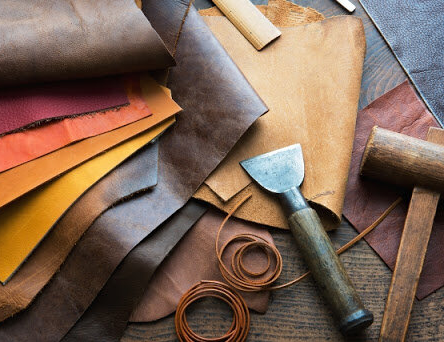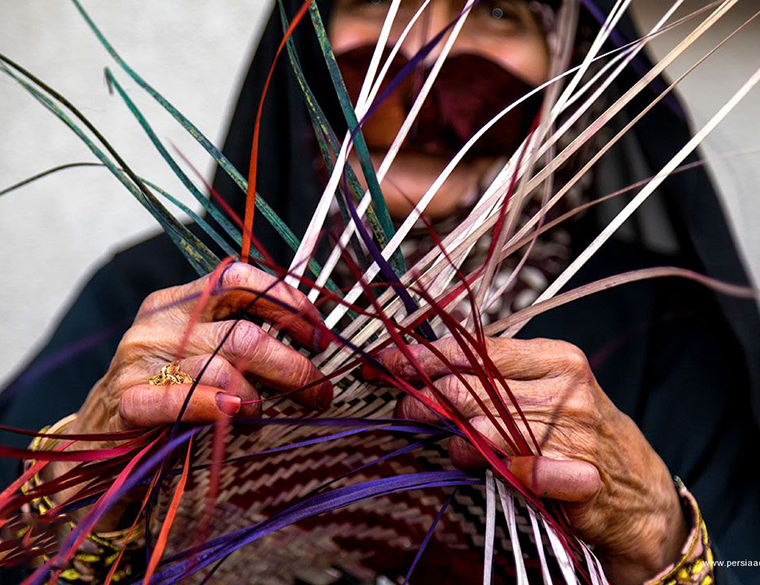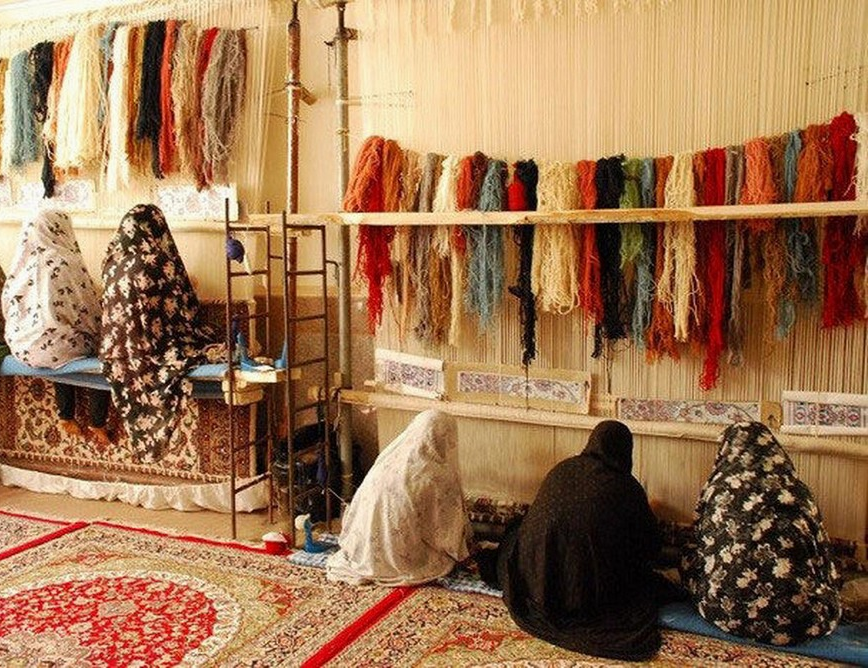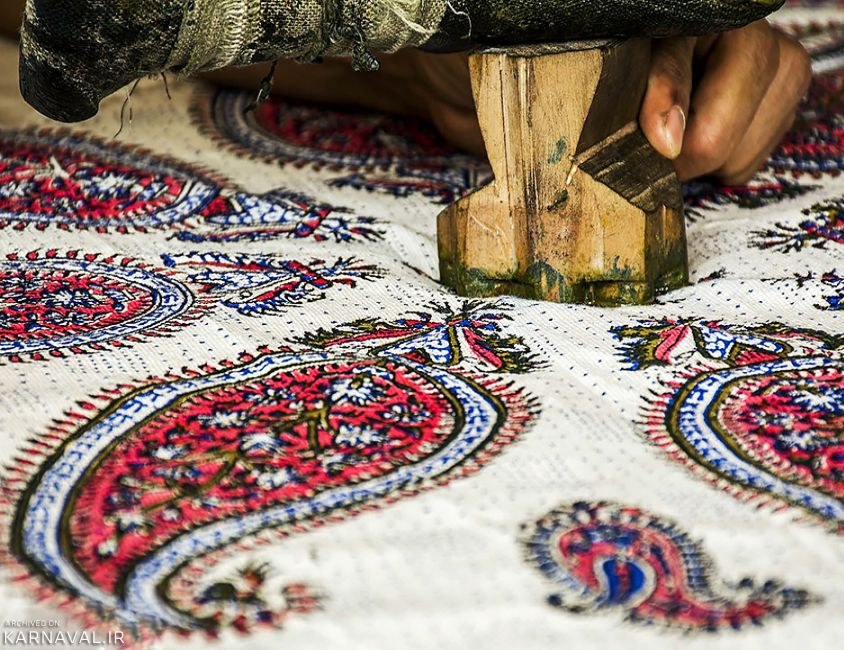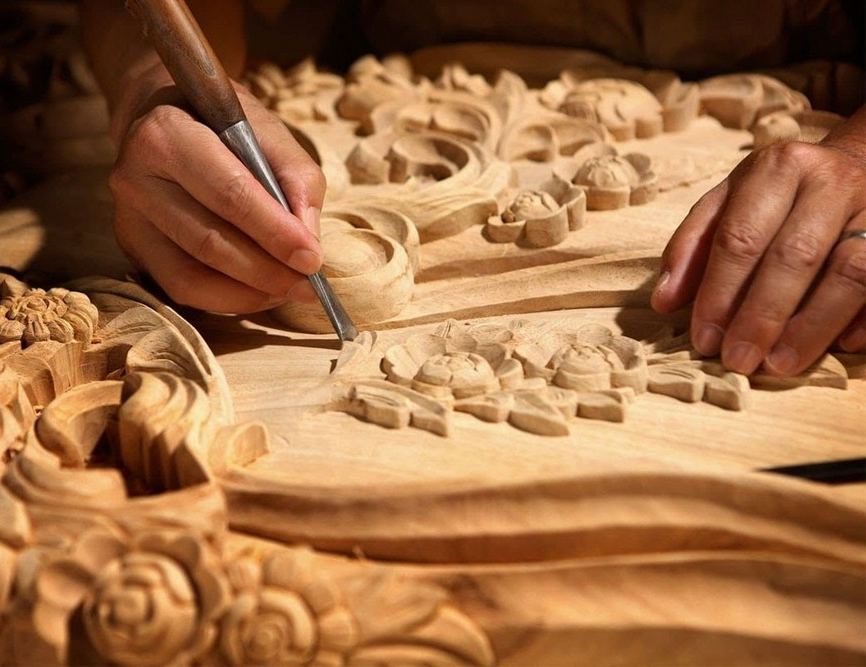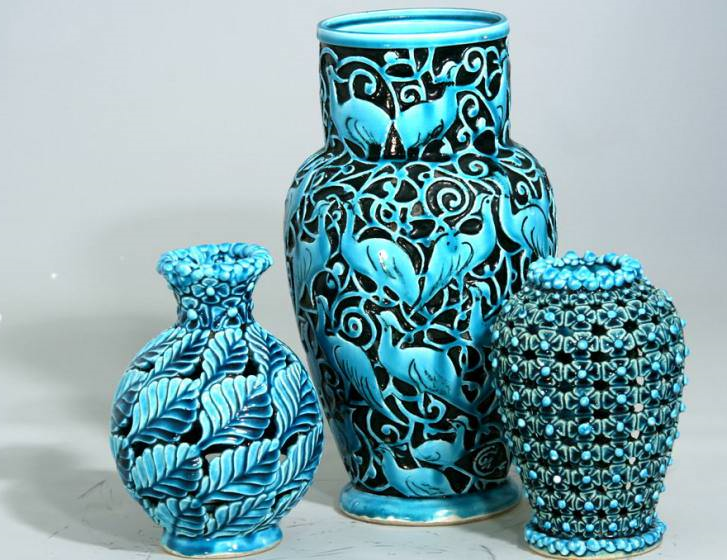
Iranian Handicraftse, Manifestation of Art and Civilization
Handicrafts consist of objects that are made by using indigenous raw materials and reflect the artistic taste and creativity of the craftsmen who produce them. Thus, the handicrafts of every nation and every region can be considered an expression of its culture and civilization. Therefore, studying and knowing handicrafts can manifest the atmosphere in which the people of a land live.
History of Iranian Handicrafts
Like other civilized regions of the world, various types of handicrafts have been created throughout the history of Iran. The first handicrafts found in Iran date back to the time when humans learned how to grow grains (about six thousand years ago) and, thus, using potteries came to be of importance.
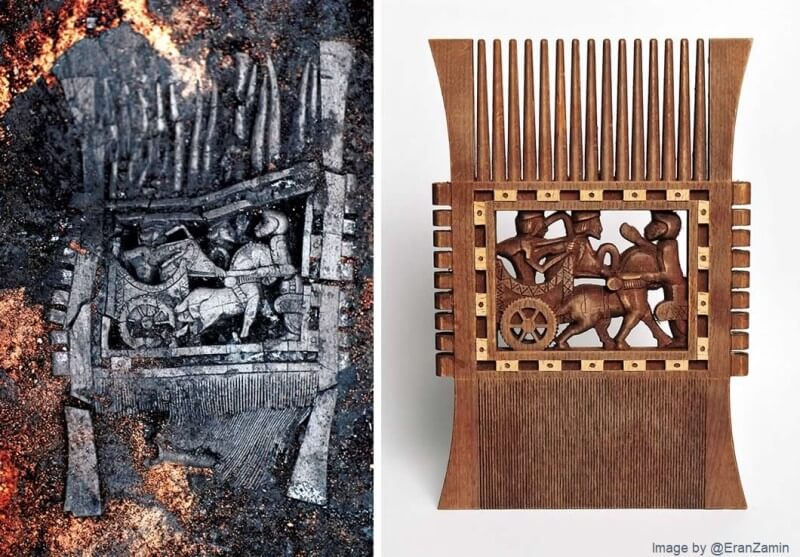
Wooden comb left over from the Achaemenid era
Nearly 2700 years ago, the raw materials used in handicrafts evolved, and thus, a new flow was created in the production of these items. During this period, Iranians excelled in metalworking, mortar making, sculpture, and pottery, and with their primitive tools and equipment, they made elegant and efficient products.
Classification of Iranian Handicrafts
In order to better understand Iranian handicrafts, it is necessary to classify them into different categories; although due to the geographical extent, the variety of designs and products, and their various usage, this task is difficult, this classification can provide a general overview of Iranian culture and civilization. What follows is the classification of Iranian handicrafts provided by the Iranian Academy of Arts.
1 - Weaving and Textiles
It is said that the first handicrafts that appeared in Iran were related to this category; the reason being man’s need for clothes. Of course, other woven items such as carpets, rugs, gabbeh, and zilu are also considered sub-groups of textile and weaving handicrafts.

Traditional silk weaving machine in Khorasan
Gabbeh weaving, silk weaving, bedsheet weaving, velvet weaving, ribbon weaving, and cheffiyeh weaving also fall under the art of weaving. Each of these handicrafts has grown in a particular corner of Iran and is a manifestation of the art and culture of the Iranian people.
2 - Traditional Embroidery
Since time immemorial, mankind has been looking for beauty and has, therefore, come up with the art of decorating different objects. Since fabric is one of the most widely used materials by humans, various techniques and skills have been developed throughout history to decorate fabric, which has a special place among Iranian handicrafts. Traditional embroidery is one of the most common and widespread handicrafts in Iran, which includes needlework, tapestry, patchwork, and crochet. Since these arts were mostly used in homes, women have played the biggest role in their expansion.
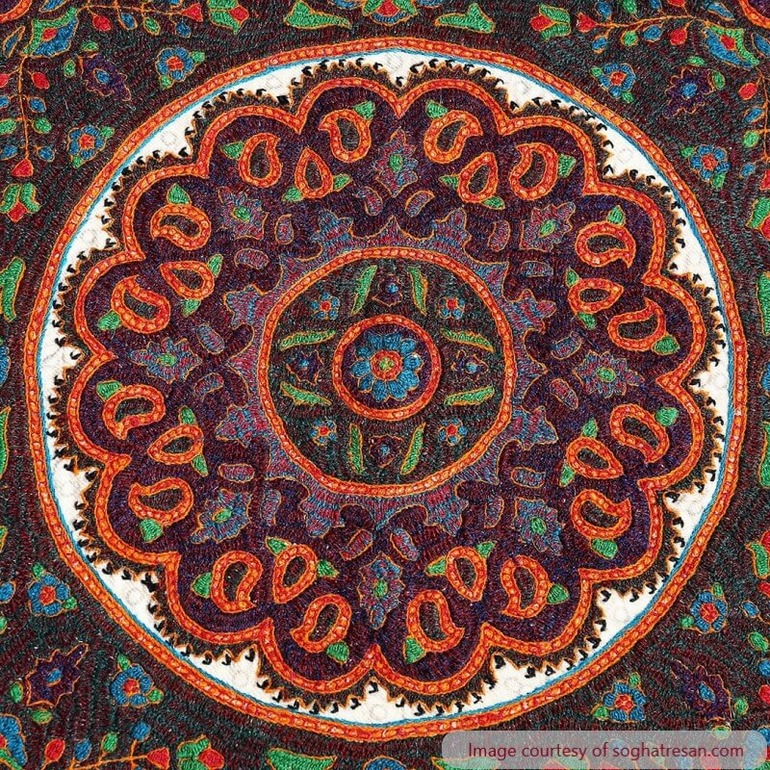
Embroidery from Iranian handicrafts
3 - Metal Handicrafts
Since the discovery of metal in ancient times, it has been used to make utensils and tools. Many samples of metal handicrafts made in ancient times have been discovered in Iran. Making and decorating metal tools is one of the branches of Iranian handicrafts, which has evolved throughout history in accordance with the changes that have occurred in working methods and tools. Threading, metal engraving, toreutics, filigree, and goldsmithing are among the most important handicrafts of Iran that deal with metal.
4 - Enameling
Enameling is a very delicate and extremely beautiful art and at the same time, it is considered one of the most difficult handicrafts in Iran. Enameled products are made by the most skilled craftsmen and are very exquisite and expensive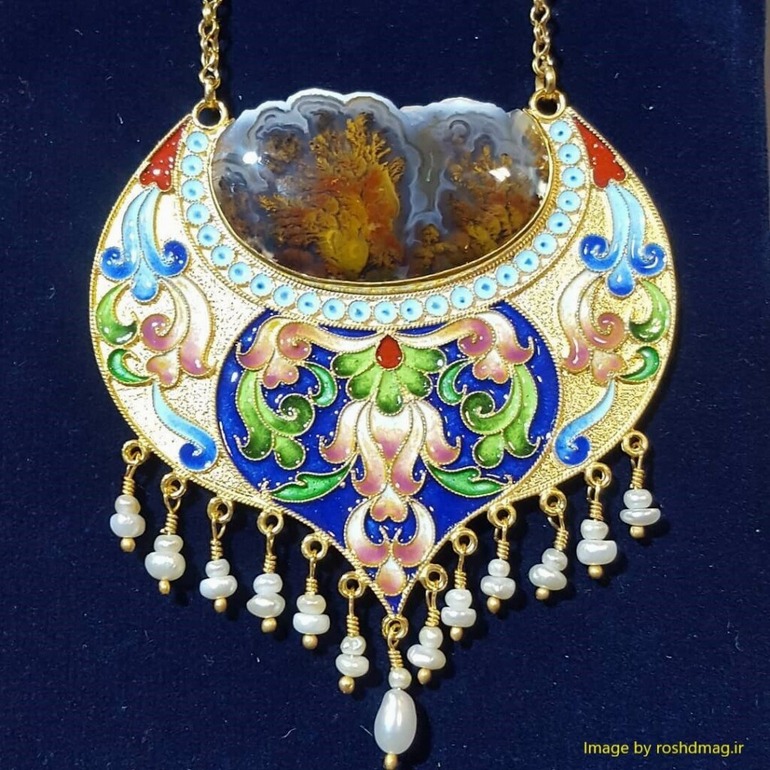
Inlaid enamel work is considered one of the most difficult handicrafts in Iran
5 - Pottery
Soil and water were the elements that were used to make the objects needed. Pottery, whose main elements are soil and water, has been popular since ancient times. The method of making pottery has not changed much since the beginning. Perhaps the fundamental change in pottery is using clay instead of ordinary soils and the use of newer methods for hardening pottery items.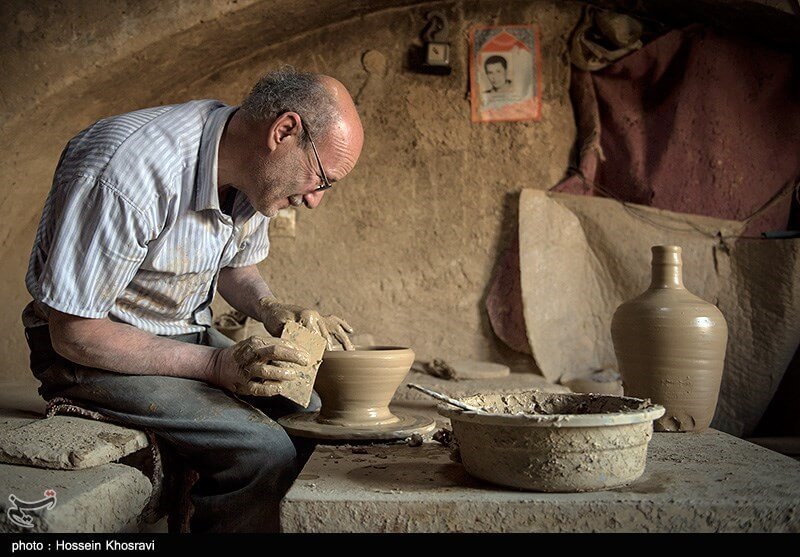
Pottery is an Iranian handicraft that has been popular since ancient times until today
Pottery objects left from ancient times are the oldest handicrafts of Iran. Two types of pottery are produced in this art: glazed pottery and unglazed pottery.
6 - Glassware
The transparency and fragility of glass have stimulated the taste of Iranian artists since the distant past to create various works of art. The result of the efforts of Iranian artisans and artists is the emergence of a group of handicrafts, which include glassblowing, glass decorating, glass engraving, painting on enamel glass, glass etching, frosting, and combining glass and metal.
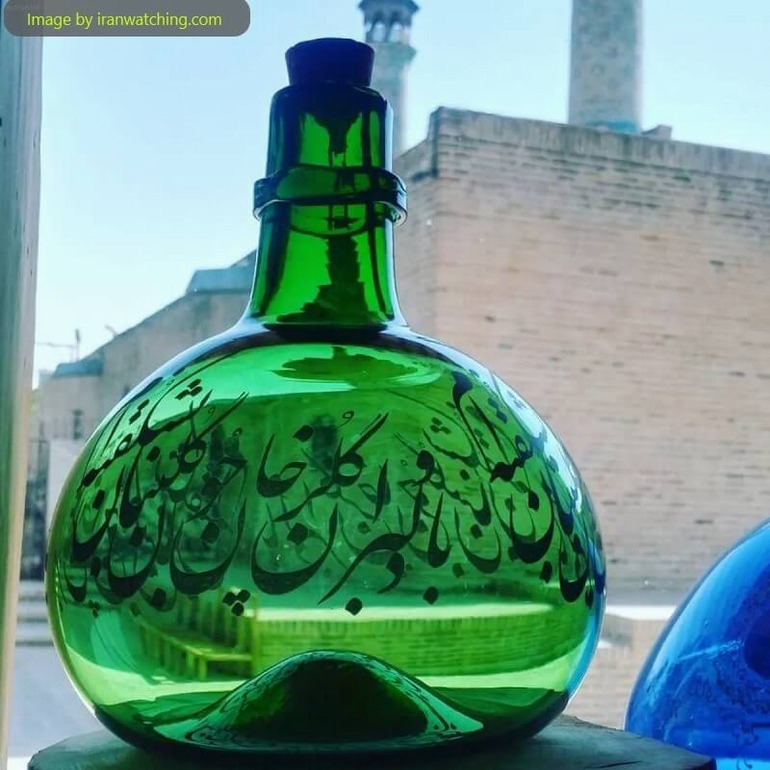
The art of glassmaking is one of Iran's handicrafts
7 - Wooden Handicrafts
Along with soil, glass, metal, and fabric, wood also finds different forms in the hands of Iranian artists. According to the way of activity of Iranian handicraft artists, woodworking is classified into turning, mosaicking, marquetry, khatam-making, and perforation.
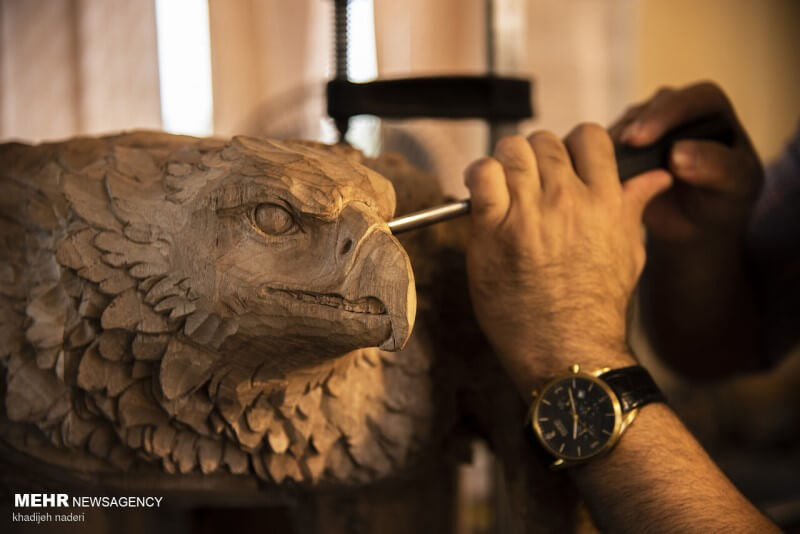
View of wood carving from Iranian handicrafts
Iranian artists also use wood for sculpting and making sashes.
8 - Stone Handicrafts
Throughout history, Iranian artists have invented techniques to transform inanimate stone into artistic products. The age of this art also goes back to ancient times. After the discovery of shiny and decorative stones, handicrafts related to stones have grown significantly.
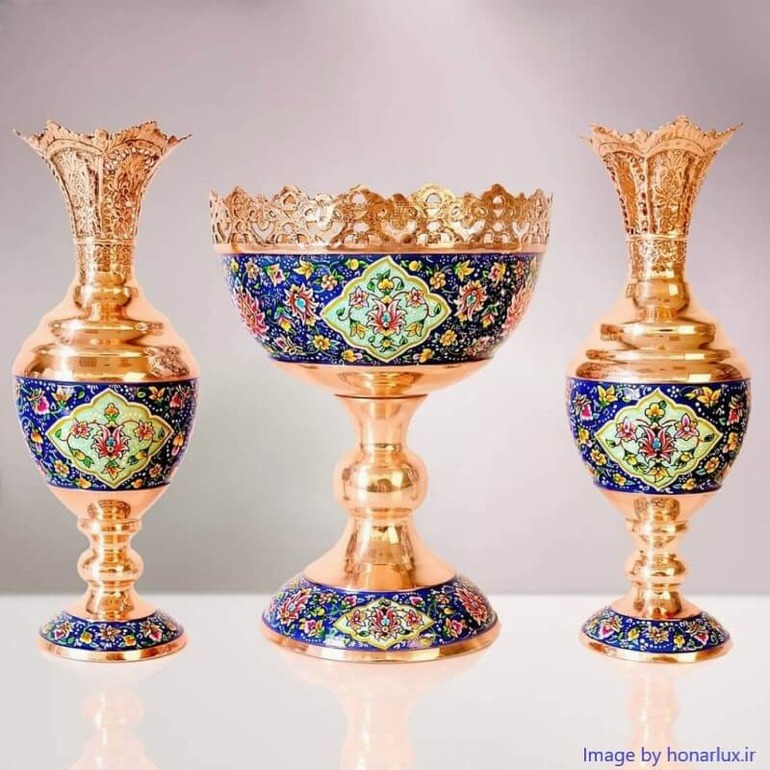
Turquoise carving is one of the Iranian handicrafts that produces impressive products
Stone carving, stone turning, mosaicking, engraving, meshwork, inlaying, and turquoise decorating are different techniques that are used in Iranian handicrafts.
9 - Miniature Painting
Since miniature painting is used to decorate various items, it is closely related to many other handicrafts of Iran.

Painting and illumination is one of the Iranian handicrafts in which artists combine colors and draw patterns with their own taste and flair
Gilding, muraqqa, decorating books, designing carpets and rugs, pen drawing, knot tying, making tools, and making seals are some of the disciplines in which miniature painting plays a role.
10 - Traditional Prints
This art is used for printing on paper and fabric, but nowadays it is used in the architecture of façades of mosques and historical buildings. Examples of traditional prints can be recognized in Sheikh Lotfollah Mosque of Isfahan.
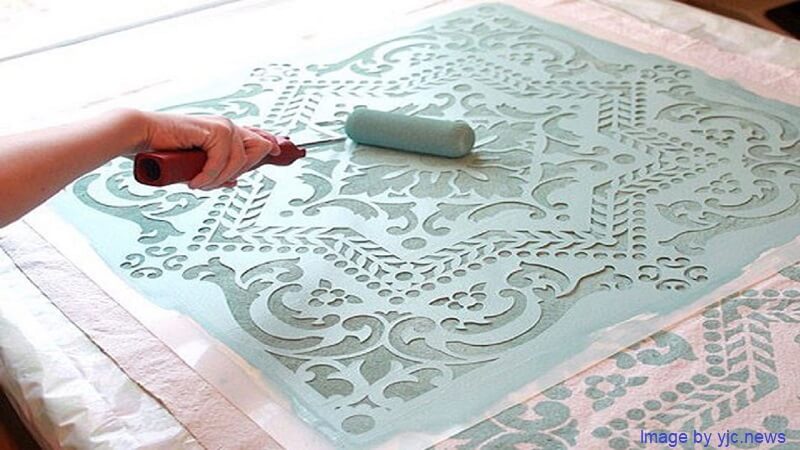
Hand printing on fabric is one of the handicrafts of Iran
11 - Fur Clothes-making
This art is common among the nomads because they live in nature and must use special covers to deal with the prevailing temperature. The skin of lamb and sheep are the primary items used in this craft.
12 - Felt-making
Felt is the beaten wool of sheep and camels and it is used as carpets, rugs, and blankets. Felt is used both raw and decorated by embroidery. Making felt is very laborious and tiring.
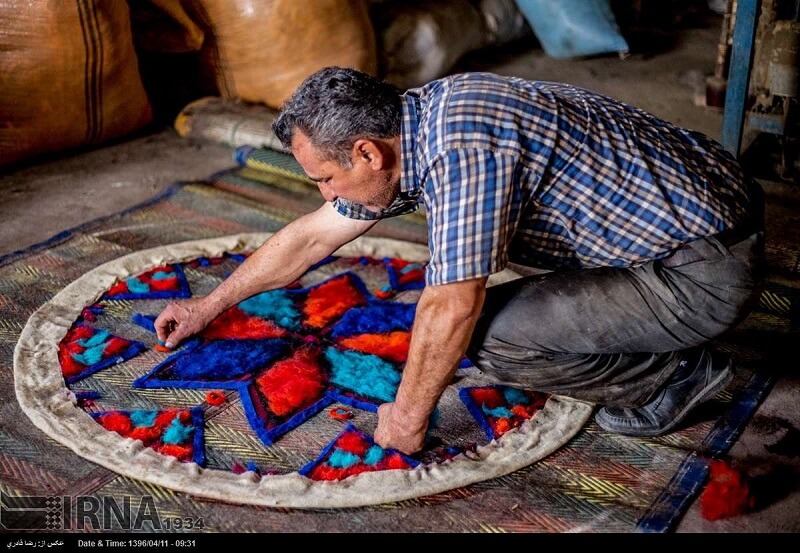
Felt decoration
13 - Wicker
In the southern regions of Iran, where date trees grow, wicker is quite popular. In this art, palm leaves are used to weave utensils. Of course, this craft is also popular in the northern regions of Iran. In these areas, instead of palm leaves, wheat stalks, reeds, and all kinds of twigs are used.
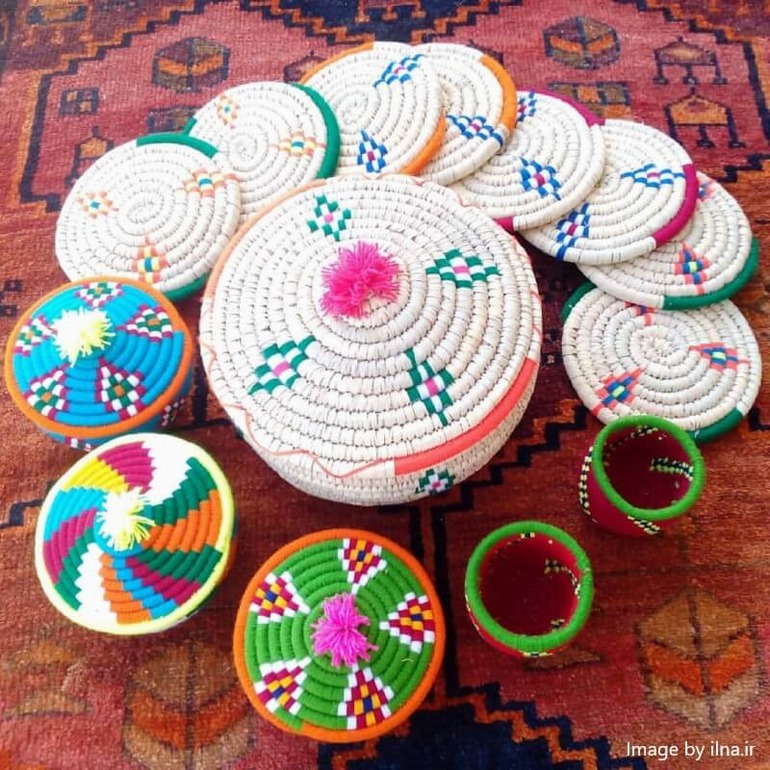
Kapo weaving, which is popular in Dezful, is considered a subcategory of wicker weaving
Bulrush, reed, bamboo, palm leaves, twigs, etc. are different types of materials used for making mats, which are popular in different regions of Iran.
14 - Leather Handicrafts
Animal skin, especially cow and sheep skin, is the raw material of popular handicraft products in Iran. Iranian artists use leather to make different artifacts.
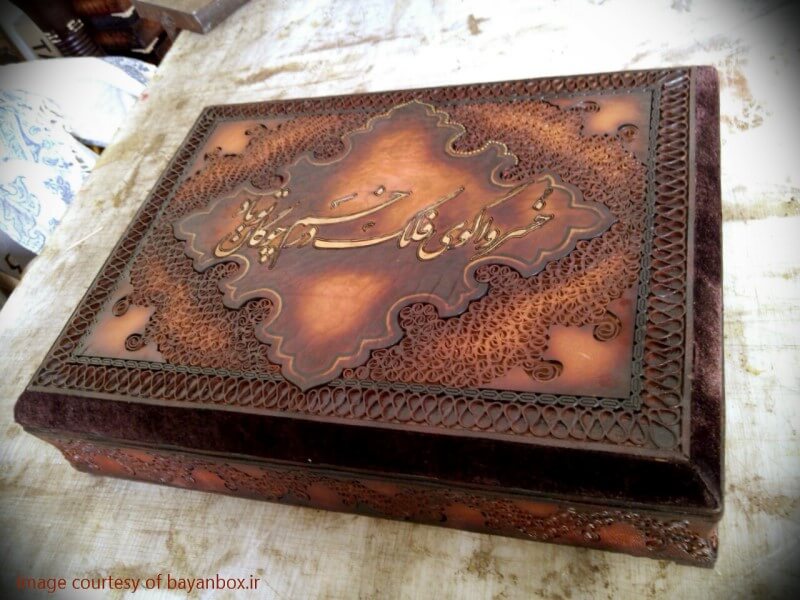
Leather dye and fuel from Iranian handicrafts
15 - Traditional Dye-making
Dye-making is an indispensable need of textile and carpet weaving. Therefore, this art as one of Iran’s handicrafts has spread throughout history and is obtained from various materials such as rubia tinctorum, pomegranate, onion, insect larvae, and mountain oil. In general, Iranian dye-makers used four sources: plants, animals, minerals, and chemicals.
Dyeing workshop
16 - Traditional Clothing
In different parts of the country, traditional clothes are produced using different fabrics and are considered as one of the cultural symbols of each region. The production of traditional clothing, which includes various attires and footwear, is one of the branches of Iranian handicrafts.
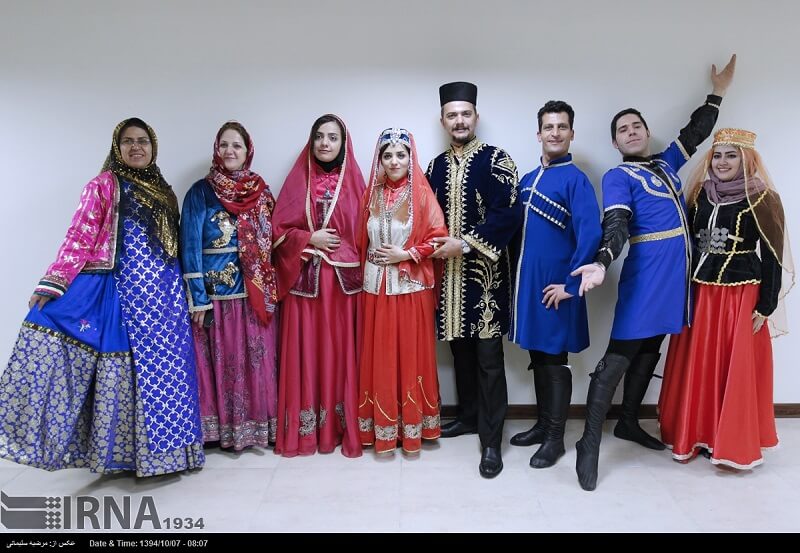
Clothing of different ethnic groups in Iran
17 - Miscellaneous Handicrafts
Among the handicrafts of Iran, some arts are less widespread of which mention can be made of handicrafts related to paper, marine handicrafts, handicrafts resulting from the integration of architecture and handicrafts, musical equipment and instrument making, and bone painting.
In order to better understand Iranian handicrafts, it is necessary to classify them into different categories; although due to the geographical extent, the variety of designs and products, and their various usage, this task is difficult, this classification can provide a general overview of Iranian culture and civilization.
| Name | Iranian Handicraftse, Manifestation of Art and Civilization |
| Country | Iran |
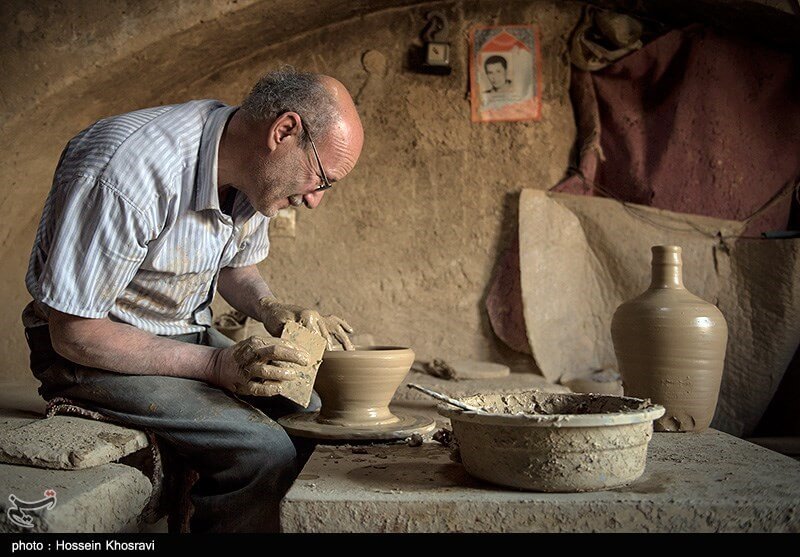
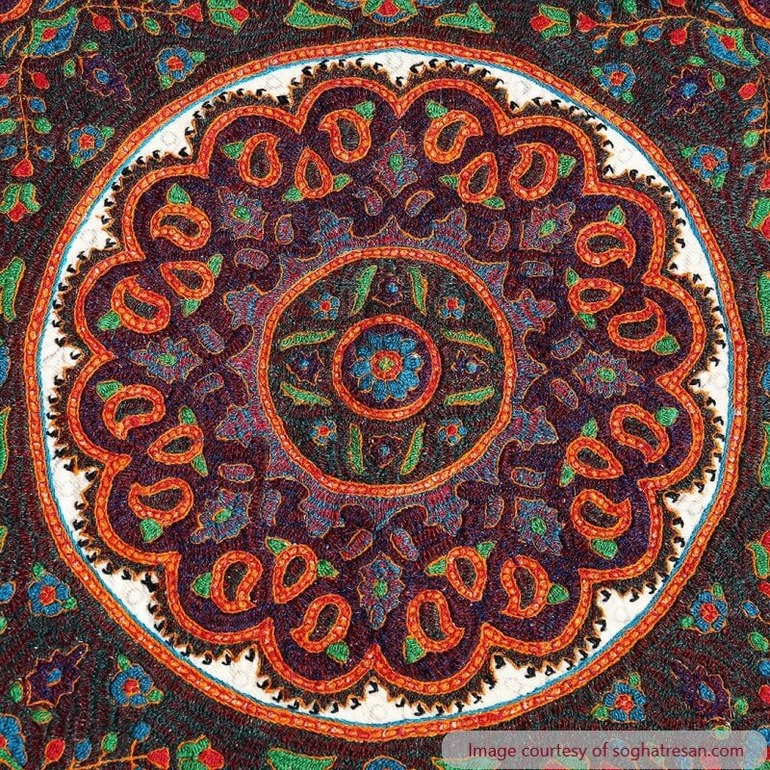
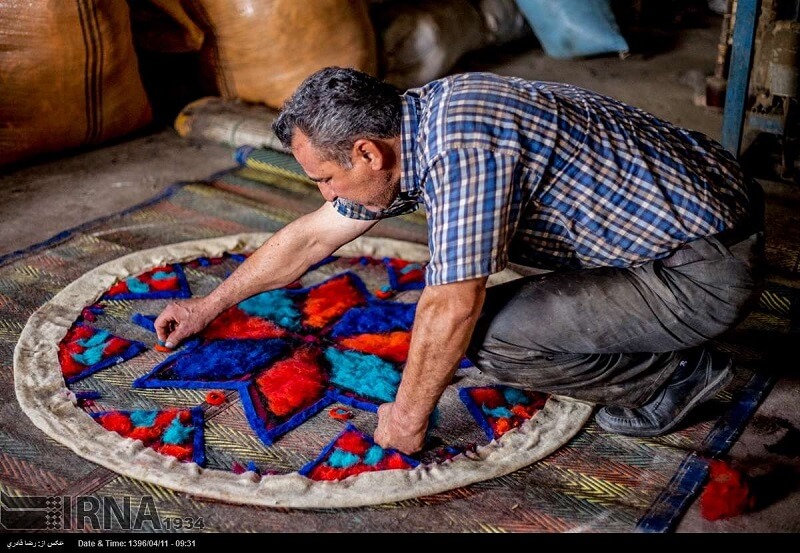
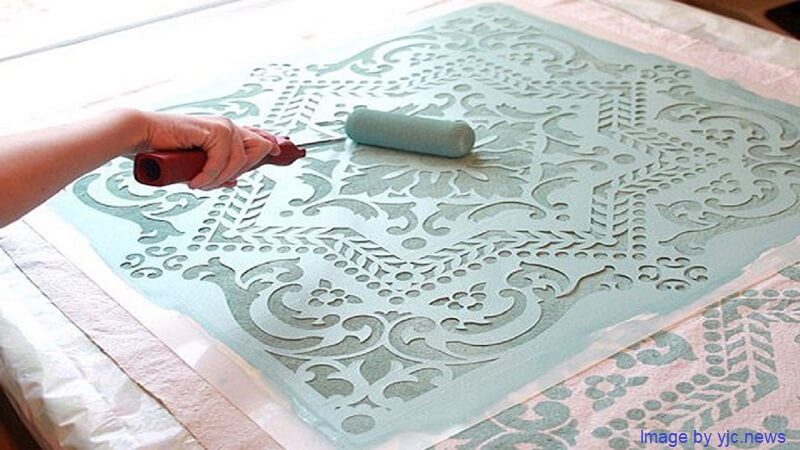
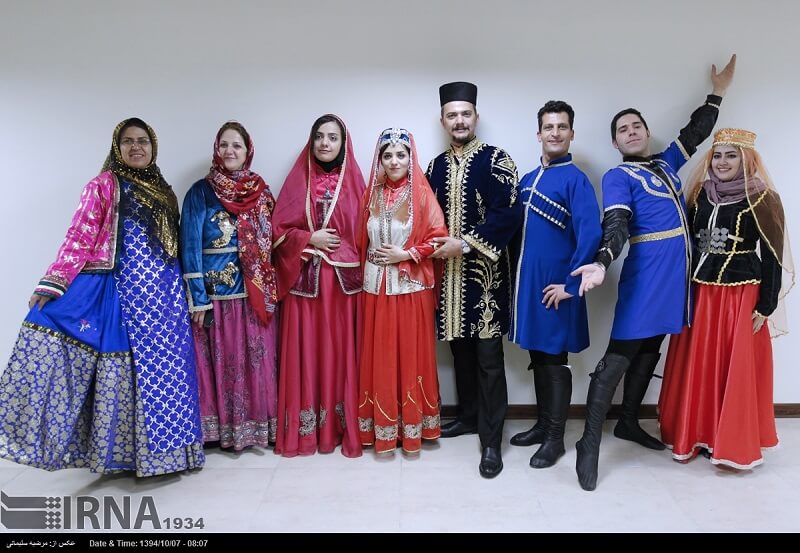

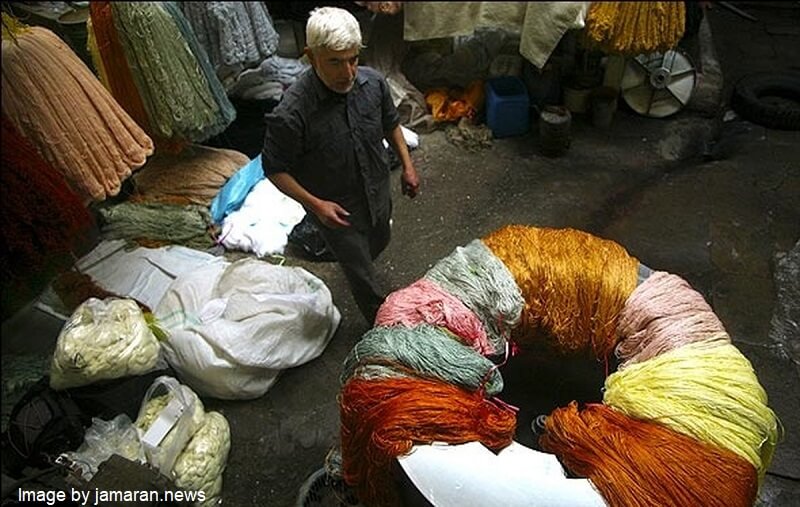
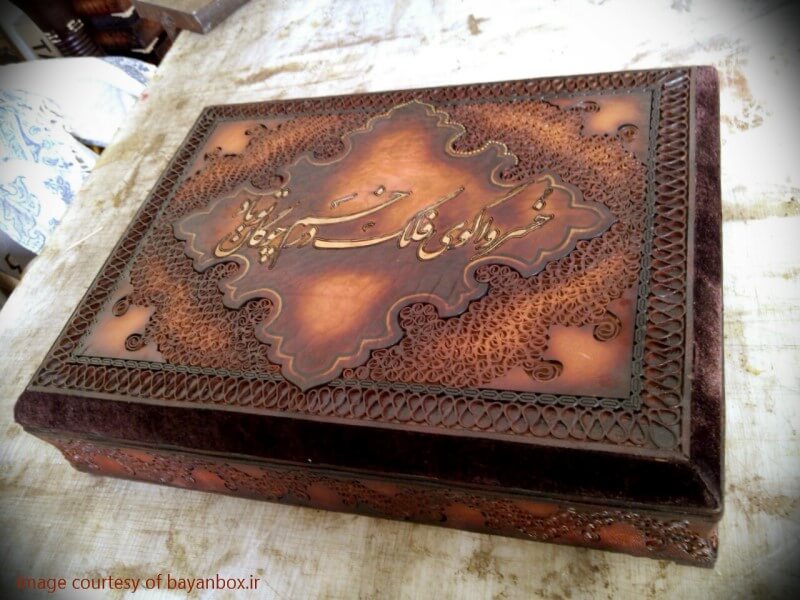
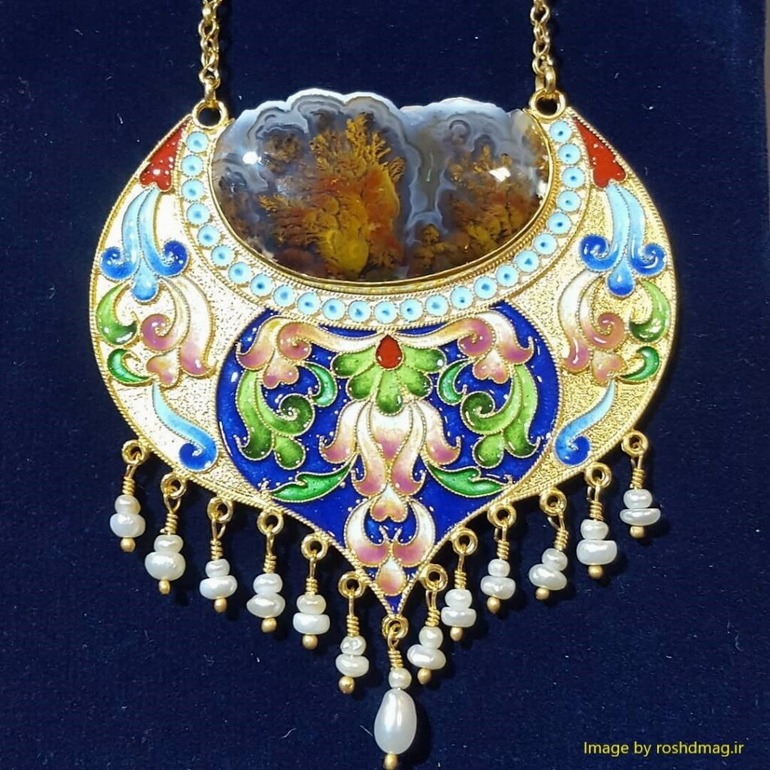
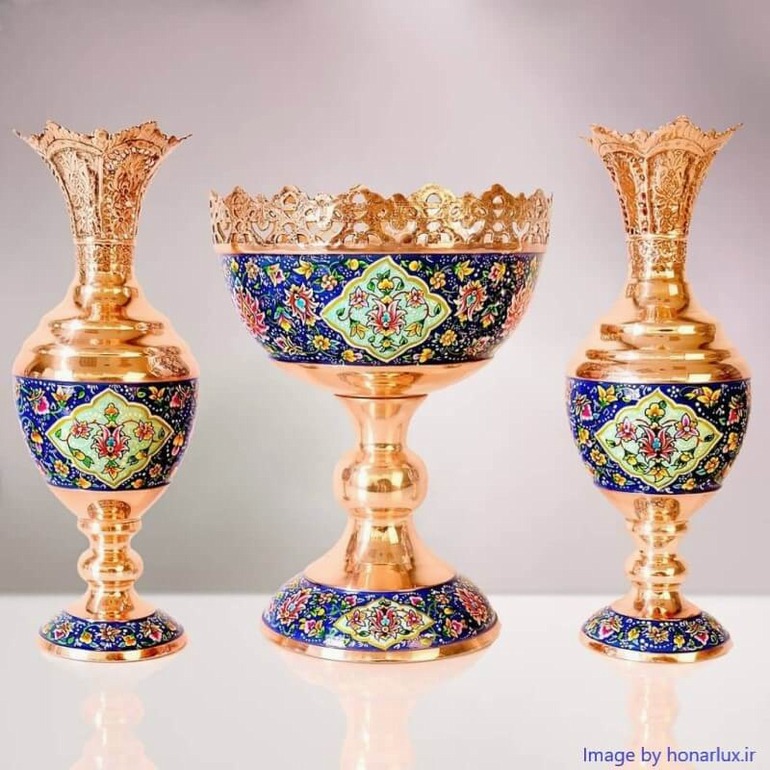
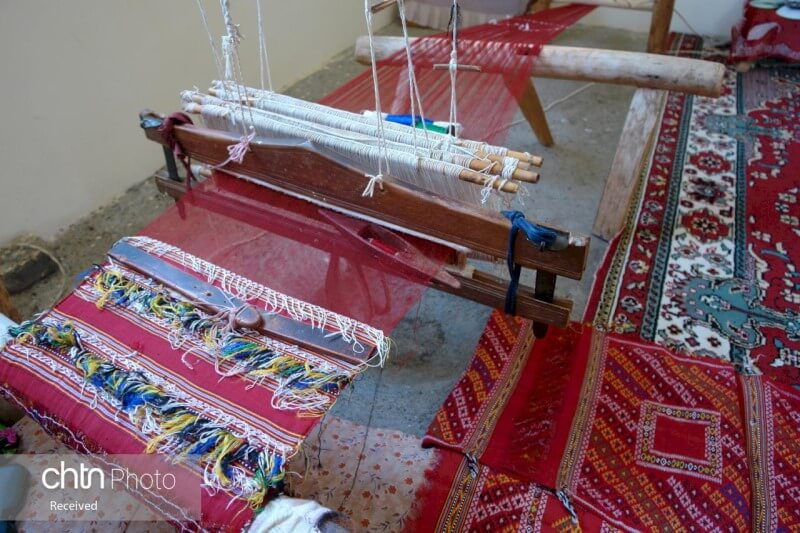
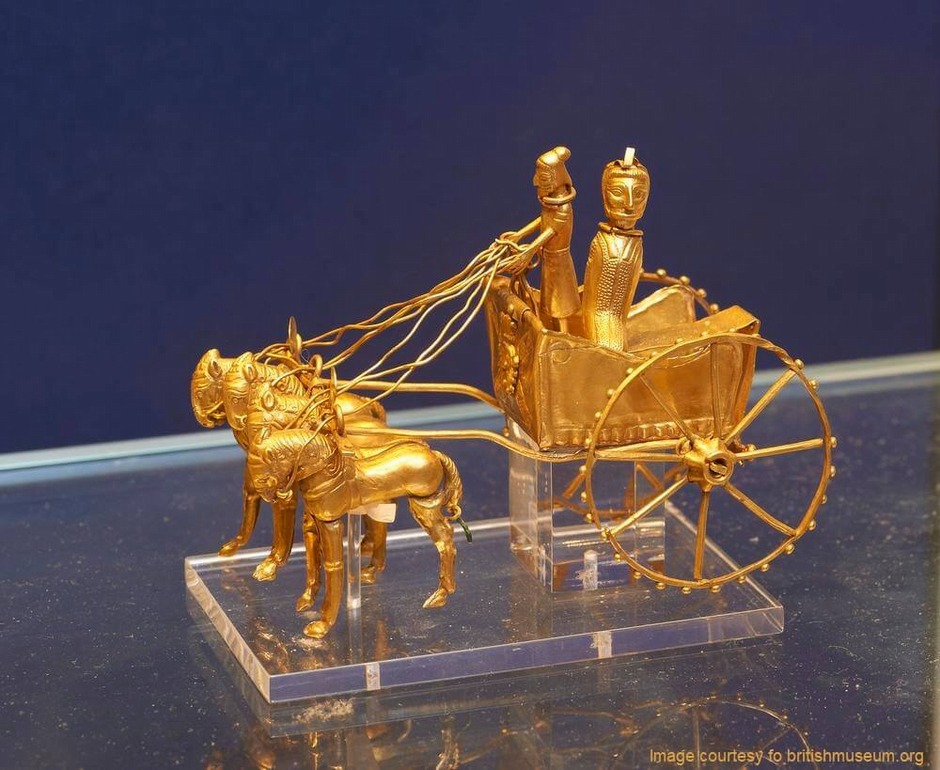

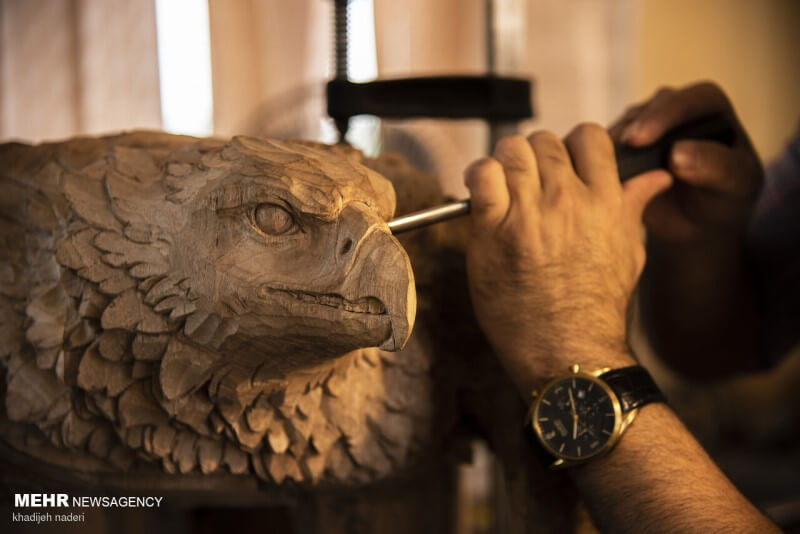
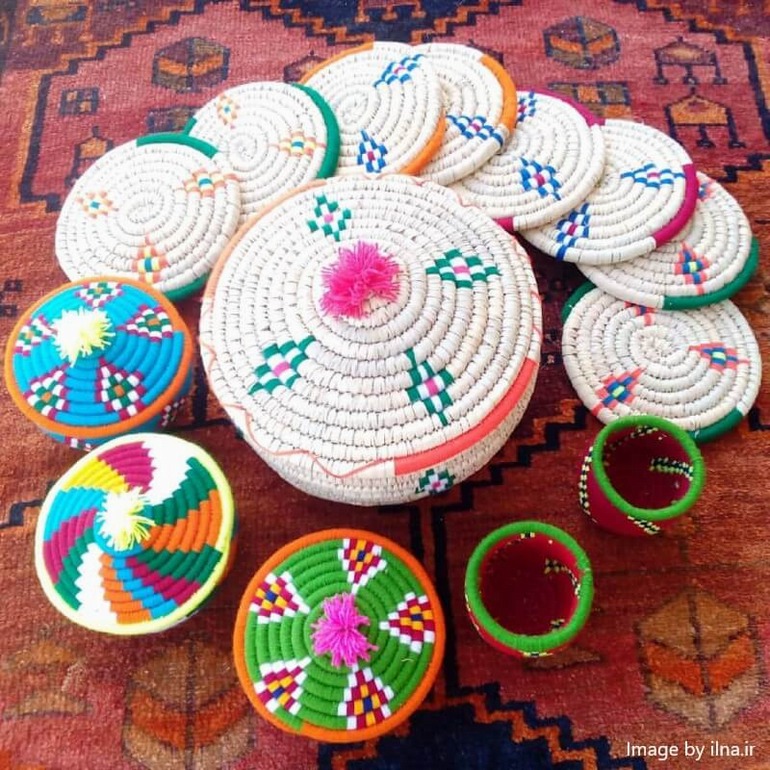
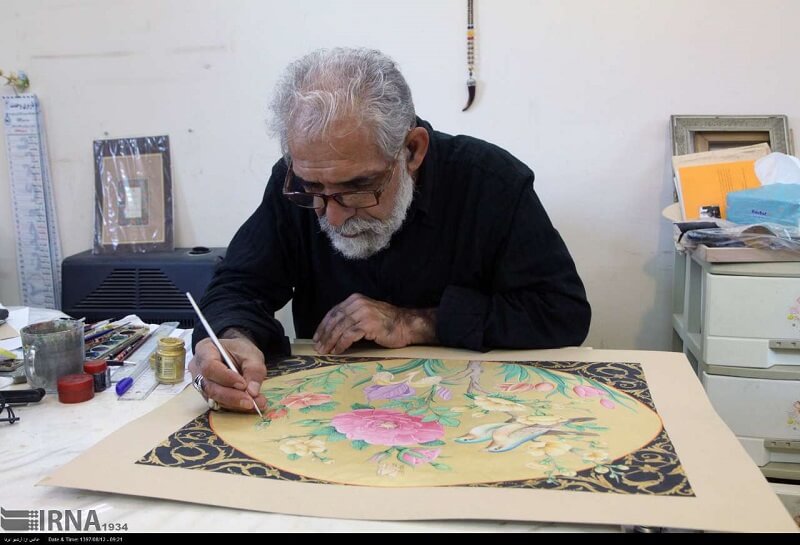
















Choose blindless
Red blindless Green blindless Blue blindless Red hard to see Green hard to see Blue hard to see Monochrome Special MonochromeFont size change:
Change word spacing:
Change line height:
Change mouse type:
